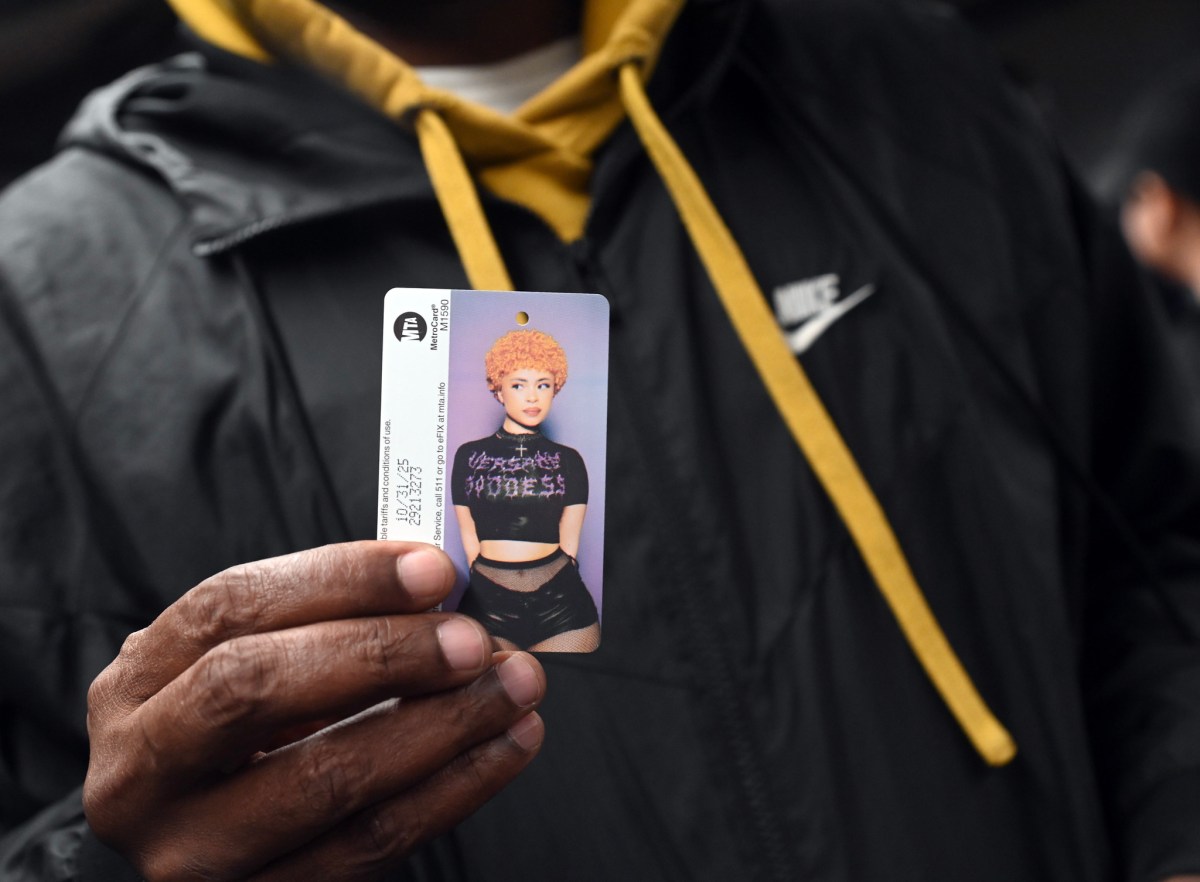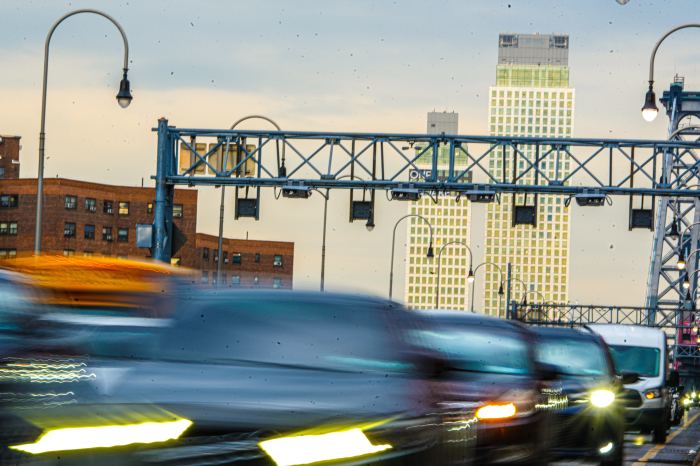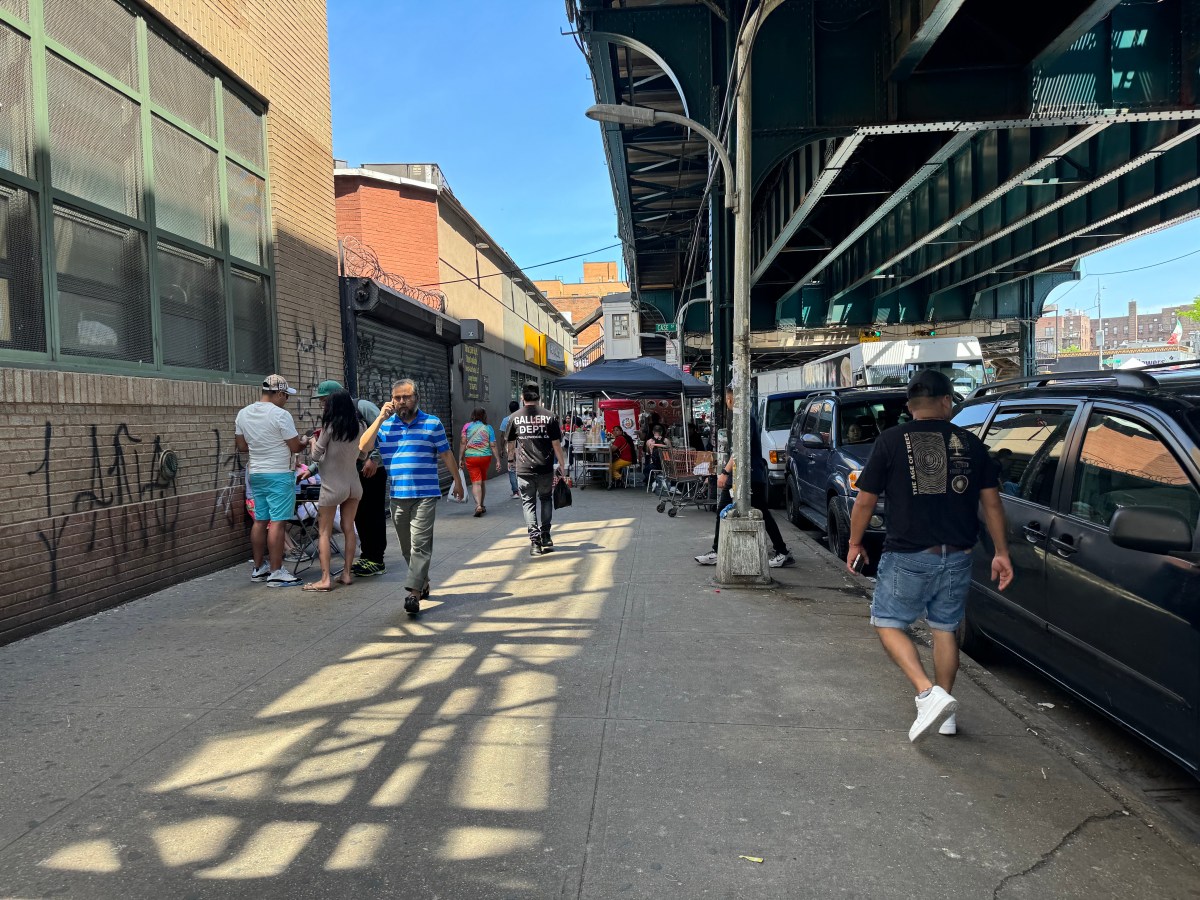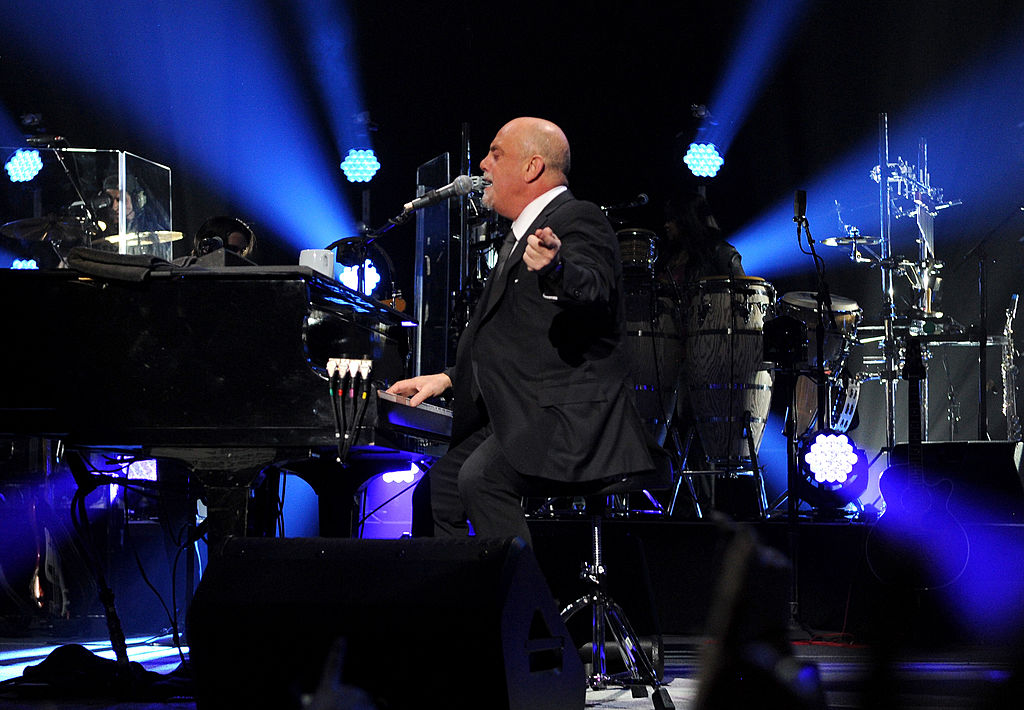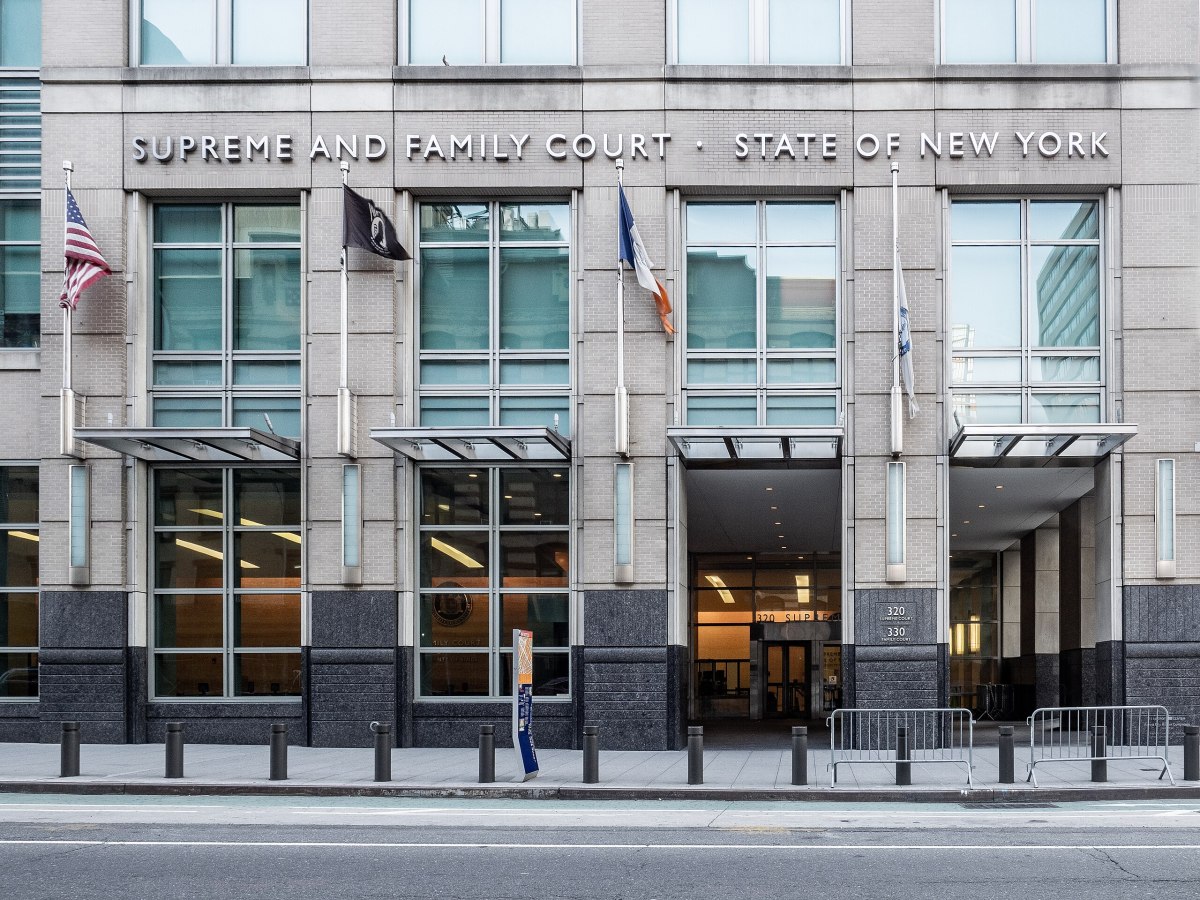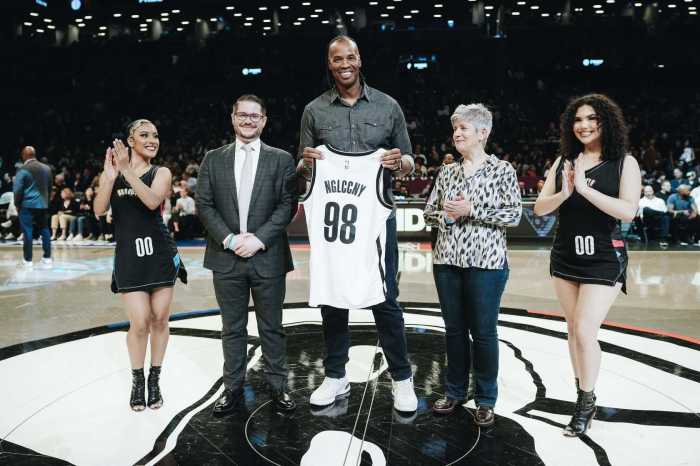The MTA is set to end promotional opportunities emblazoned on MetroCards, as the yellow transit payment method faces imminent retirement and replacement by OMNY.
The agency on Tuesday said it was offering advertisers just two more chances to capture the eyes of New Yorkers on their MetroCards for limited-edition promotions, which have previously celebrated 400 separate New York icons like David Bowie, Biggie Smalls, KISS, Law & Order: SVU, and most recently Ice Spice, who at 24 years of age is younger than the MetroCard itself.
Transit officials say they want the final promotions to be a celebration of the MetroCard, which itself is something of an icon, while also reminding riders that they can switch to OMNY, the contactless tap-to-pay system slated to replace it.
“Creating one of the final custom MetroCards is the perfect opportunity for a brand, artist, or cultural institution to cement its place in transit history,” said MTA Chief Customer Officer Shanifah Rieara. “While the MTA continues to shift to tap-and-go payments by using a bank card, smartphone, or wearable device, these last two cards will undoubtedly become instant collectibles.”
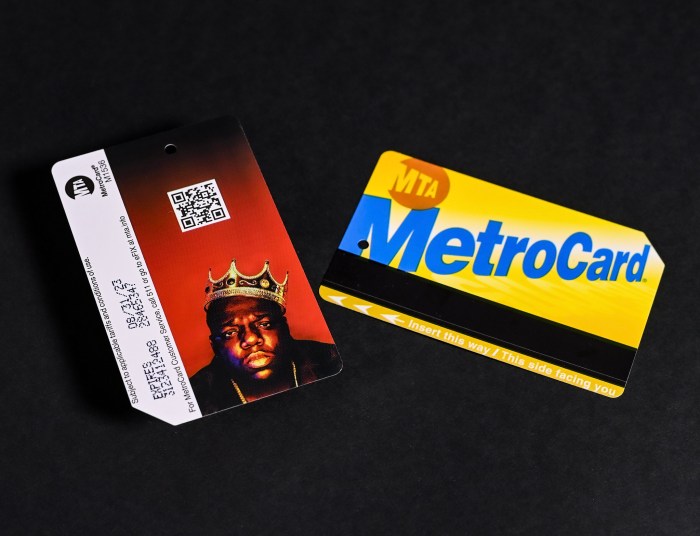
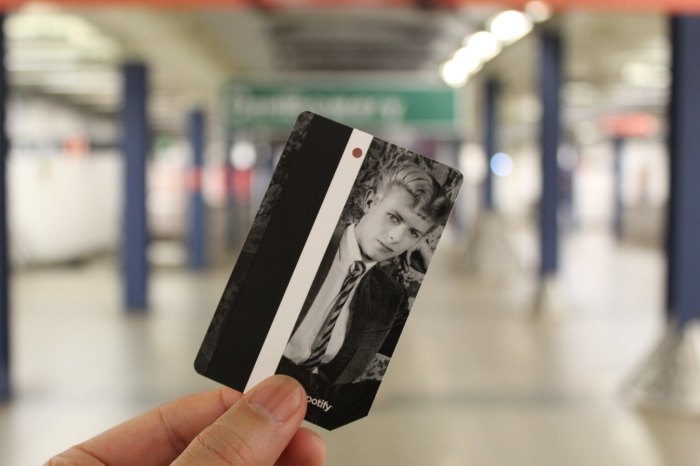
The advertising possibilities will certainly be diminished once the transition to OMNY is complete. Riders have the option of buying a dedicated OMNY card at retail establishments or at vending machines, which are being rolled out and are presently at 25 stations. But straphangers are encouraged to instead tap their debit card or their phone’s digital wallet to pay, eliminating the need to reload a card at a machine.
MTA spokesperson Kayla Shults said the agency presently has no plans for promotions emblazoned on OMNY cards.
Presently, the timeline for retiring the MetroCard is still to be determined, nearly four years after the MTA finished installing OMNY readers on all buses and subway turnstiles.
OMNY uptake has been relatively slow: just 55% of subway riders and 34% of bus riders are using tap-to-pay, the MTA said earlier this month. Usage has fallen along stark socioeconomic lines, with more riders using it in wealthier, gentrified neighborhoods.
Discount programs for seniors, people with disabilities, and low-income riders have been slowly integrated into the new fare system, but adoption has been lower among users of those discounts.
MetroCards were first introduced into the system in 1993, but it took a full decade until tokens were finally retired for good in 2003.



